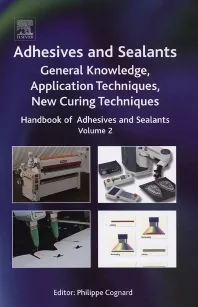CPCA Launches Education Campaign for 2-Butanone Oxime Code of Practice
OTTAWA, Ontario - The Canadian Paint and Coatings Association (CPCA) has launched an education campaign to promote the implementation of the recent Code of Practice for 2-butanone oxime (MEKO). The chemical is commonly used as an anti-skinning agent in the formulation of alkyd or solvent-borne paints, primers, varnishes and stains. It is not found in any latex or waterborne products.
CPCA has worked with the Canadian government to develop this national campaign, which emphasizes the need for consumers to properly ventilate their surroundings during and after using indoor alkyd-based paint products containing MEKO.
The bilingual materials include an educational video, fact sheet, poster and online guidance materials that are intended to help minimize any potential ventilation risks associated with product use. All of the educational materials are located on CPCA’s website and will be made available to CPCA members, Canadian manufacturers of consumer paint products containing MEKO, retailers and the public.
“This campaign, the first of its kind for CPCA, will help Canadian consumers adopt recommended practices with regards to ventilation when using indoor alkyd-based paint products containing MEKO,” said Gary LeRoux, CPCA President. “It is encouraging to see the commitment by industry and our government partners to define new standards that demonstrate our continued commitment to product sustainability and consumer safety.”
The Code of Practice for MEKO is the first of its kind in Canada for consumer products. Its development was led by members of the paint industry who had the opportunity to provide input, both through direct involvement in the evolution of the Code of Practice and through an extensive comment period for the coatings industry and those directly impacted.
Manufacturers of architectural paint products sold in Canada have been asked to participate in the process of establishing a baseline for the current level of use of MEKO in consumer products. This information will be used to examine performance of the Code of Practice in five years.
Looking for a reprint of this article?
From high-res PDFs to custom plaques, order your copy today!




